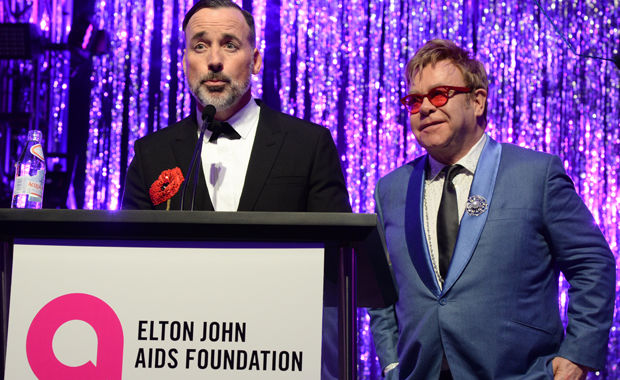Alzheimer's Disease: One Of The Greatest Enemies Of Humanity
Education and Advocacy With the number of Canadians suffering from Alzheimer's disease and other forms of dementia expected to double by 2025, investing in research for a cure is crucial.

Late last year, British Prime Minister David Cameron led the world’s first G8 Dementia Summit in London. Speaking to an audience of global dementia specialists, he declared: “The truth is that dementia now stands alongside cancer as one of the greatest enemies of humanity.”
He was not exaggerating. According to a Statistics Canada report, Alzheimer’s disease, the most common form of dementia, is the seventh-leading cause of death in Canada.
Alzheimer’s disease is a fatal, progressive brain disease that destroys brain cells and causes severe memory impairments. For individuals who suffer from the disease, everyday tasks such as preparing a meal become challenging. As a result, it not only affects individuals with the disease, but family members and society as a whole.
The need for investment
Given the devastating nature of the disease and the impact it has on society, Alzheimer’s disease research is achingly slow and grossly underfunded compared to other diseases.
“When you look at other diseases, such as cancer and HIV/AIDS, there are major investments in research and scientists are continually discovering new treatments,” says Mimi Lowi-Young, CEO of the Alzheimer Society of Canada. “We need the same thing to happen with Alzheimer’s disease.”
Currently 747,000 Canadians are living with Alzheimer’s disease and other forms of dementia. By 2031, the number is expected to reach 1.4 million.
“It’s urgent that we recognize that we need to invest a major amount of money into dementia research,” Lowi-Young says. “Raising awareness and investments are vital.”
Lack of funding
“The truth is that dementia now stands alongside cancer as one of the greatest enemies of humanity.”
As baby boomers age, the number of people with Alzheimer’s will inevitably increase, so addressing the need for research and innovations in the discovery and development of Alzheimer’s disease therapeutics is becoming increasingly crucial.
However a lack of sustained funding is preventing researchers and drug developers from doing the work that will eventually conquer the disease.
“Right now, we are spending around 30 billion dollars annually to maintain Alzheimer’s patients through care-giving. We need to do more to accelerate the discovery and development of new drugs to treat and prevent Alzheimer’s disease,” says Dr. T. Nathan Yoganathan, CEO of KalGene Pharmaceuticals Inc., a privately-held Canadian pharmaceutical company developing an Alzheimer’s drug. “With better treatments for Alzheimer’s disease, the opportunity for health care system savings over time is immense.”
Addressing the misconceptions
Part of the reason research into Alzheimer’s disease has attracted fewer public and private dollars in the past is that Alzheimer’s disease is still attached to a number of widespread misconceptions, such as the belief that dementia is simply a natural part of aging.
These kinds of misconceptions can stand in the way of our ability to understand and help people who suffer from Alzheimer’s disease.
“Raising public awareness about Alzheimer’s disease is critical. There’s a huge amount of stigma about the disease, and it’s really important that we address that stigma through education,” says Lowi-Young.
Moving forward
Despite chronic under-investment in Alzheimer’s disease research, collaborative partnerships between researchers and clinicians around the world have led to many groundbreaking discoveries in the study of dementia. Many of these discoveries are happening here in Canada.
“Canadian companies are making enormous strides in developing treatments for Alzheimer’s disease. But public-private partnerships are needed to accelerate funding into the development of drugs and therapeutics,” says Dr. Yoganathan. “The fact is, the more that we get public attention about what we need to do, the faster we can find a cure.”


